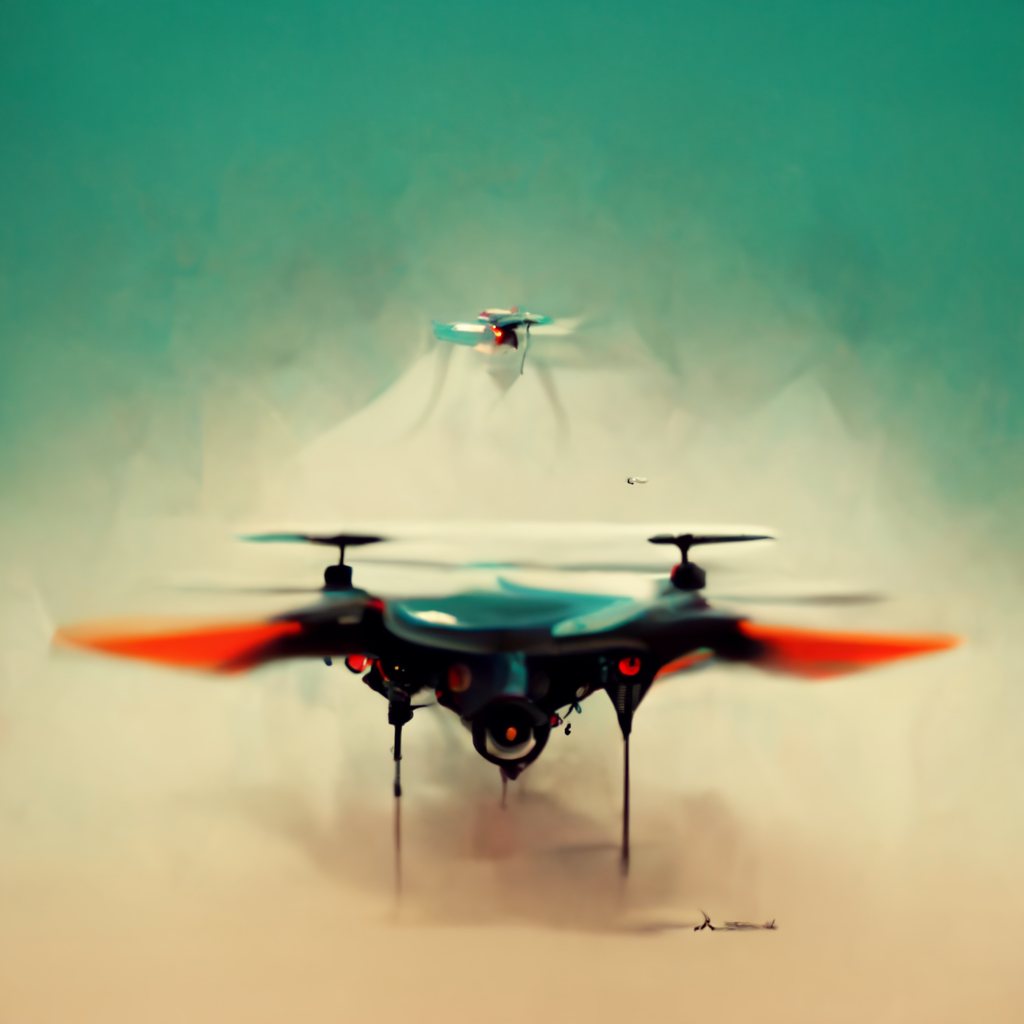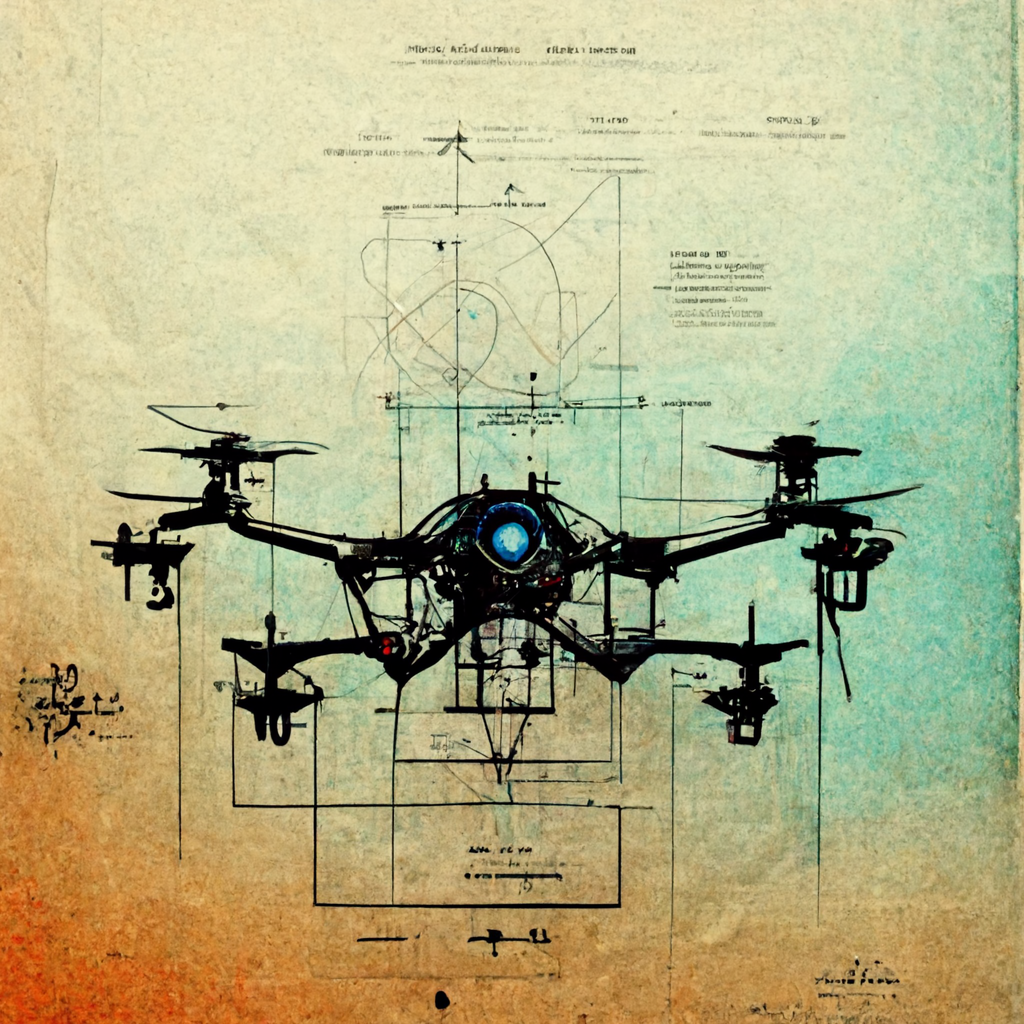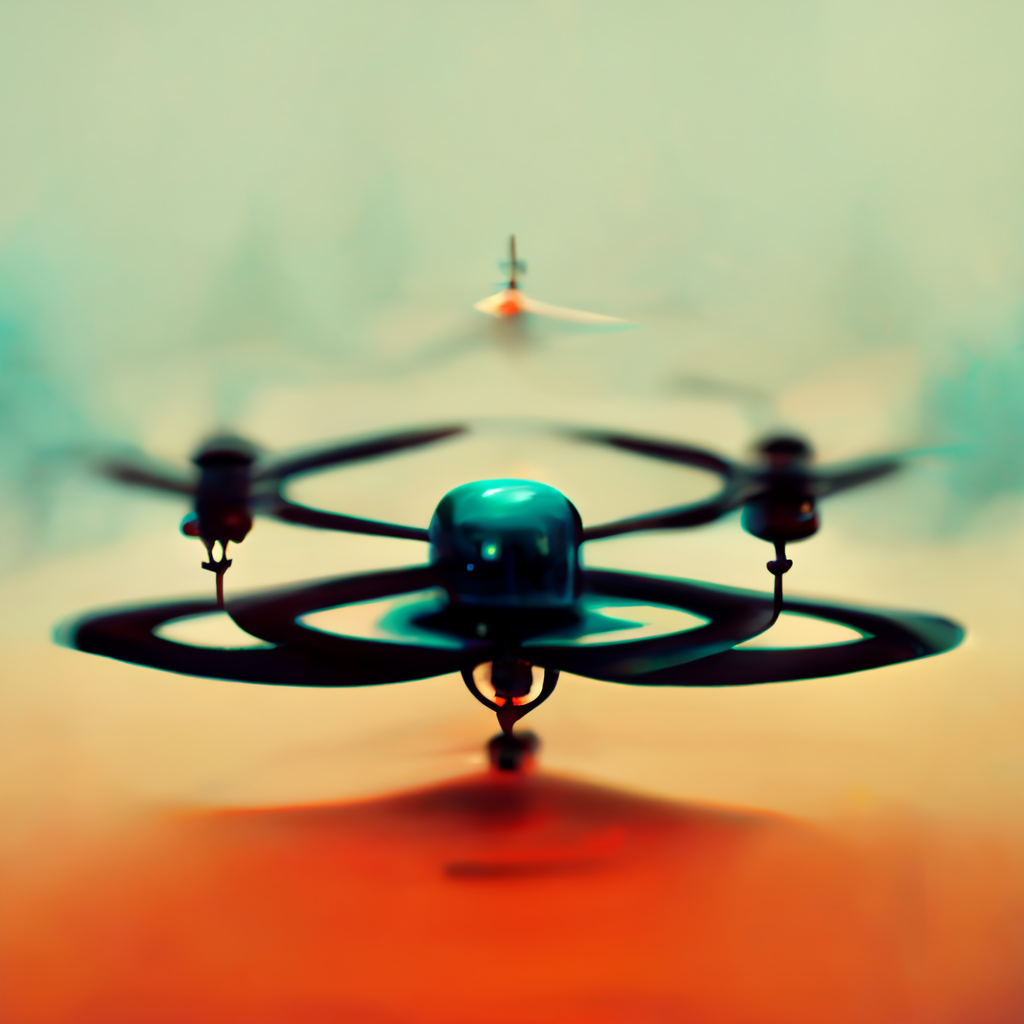A LeadBelt Gaming Guide Series
How It Relates to Racing Performance
PT2
Understanding the physics of drone flight can help you become a better pilot and improve your racing performance. In this article, we’ll take a closer look at the physics of drone flight, including lift, drag, and thrust, and how they impact racing performance.
A drone moves up by creating an upward force greater than gravity. This lift is generated by the propellers (spinning at fast speeds) that act as wings. They push down on the air and, in turn, the air pushes the drone upwards. The process is a result of the pilot using the throttle control.
https://dronesgator.com/
Introduction:
Drone racing has become a popular hobby in recent years, and it requires pilots to have a good understanding of the physics of drone flight to achieve better racing performance. In this article, we will explore the fundamental principles of drone flight and how it relates to racing performance. Understanding these concepts can help you to become a better pilot and increase your chances of success in drone racing.

Lift:
Lift is the force that keeps a drone in the air. It is generated by the propellers as they spin and create airflow over the wings or rotors. The lift force is proportional to the square of the speed of the airflow and the size of the propellers. The larger the propellers and the faster they spin, the more lift is generated. Lift is also affected by the angle of attack of the wings or rotors. A higher angle of attack generates more lift, but if the angle is too high, it can cause the drone to stall and lose lift.
Drag:
Drag is the force that opposes the motion of the drone. It is caused by the resistance of the air as the drone moves through it. Drag is proportional to the square of the speed of the airflow, the size of the drone, and its shape. A streamlined drone will experience less drag than a drone with a bulky design. Drag can affect the speed and agility of the drone, and pilots need to minimize it to achieve maximum performance.
Thrust:
Thrust is the force that propels the drone forward. It is generated by the propellers as they spin and create an airflow that pushes the drone forward. Thrust is proportional to the square of the speed of the propellers and the size of the propellers. A larger propeller generates more thrust, and a higher speed of the propeller generates more thrust as well. Thrust is essential for achieving maximum speed and acceleration in drone racing.

Centre of Gravity:
The centre of gravity is the point where the weight of the drone is evenly distributed. It is important to have the centre of gravity in the right position for stable flight and better racing performance. If the centre of gravity is too far forward, the drone will be nose-heavy and difficult to control. If it is too far back, the drone will be tail-heavy and unstable in flight.
Centre of Pressure:
The centre of pressure is the point where the lift force is acting on the drone. It is affected by the design of the drone’s wings or rotors and their angle of attack. If the centre of pressure is too far forward, the drone will be unstable and difficult to control. If it is too far back, the drone will be more stable but less manoeuvrable.
Conclusion:
Understanding the physics of drone flight is essential for achieving better racing performance in drone racing. By having a good grasp of these fundamental principles, pilots can make better decisions about the design of their drones and how to fly them more efficiently. Pilots need to consider the lift, drag, and thrust forces, as well as the centre of gravity and pressure when building and flying their racing drones. By applying these principles, pilots can achieve greater speed, agility, and stability in their racing performance.

Comments are closed